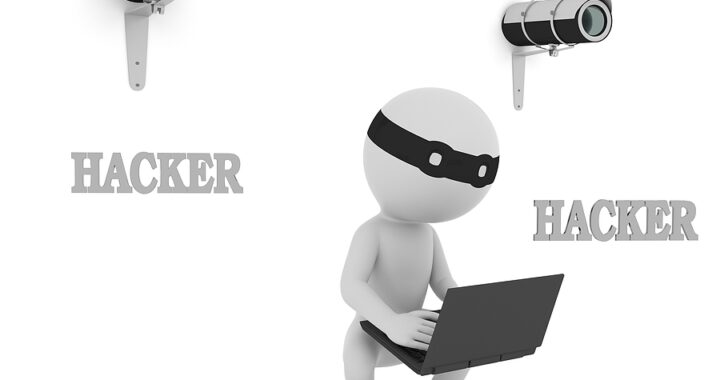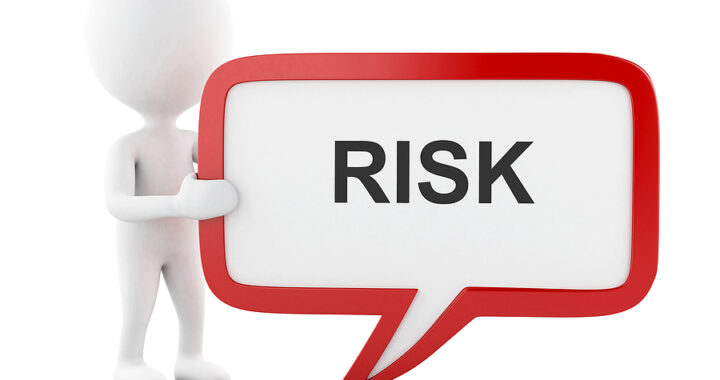Maintenance is non-negotiable in the cybersecurity space because it plays a crucial role in ensuring the security, stability, and functionality of an organization’s IT infrastructure.
This is particularly important for small and medium-sized enterprises (SMEs) and non-profit organizations (NFPs), as they often lack the resources and expertise to manage their cybersecurity effectively.
Regular maintenance helps to identify and mitigate potential vulnerabilities, maintain compliance with industry standards, and ensure that systems remain operational and up-to-date.
Importance of maintenance in cybersecurity:
- Detect and address vulnerabilities: It helps identify and remediate security vulnerabilities, such as outdated software, unpatched systems, and misconfigurations.
- Maintain compliance: Many industries have specific regulations and compliance requirements that must be met to avoid fines, penalties, or loss of business.
- Enhance productivity and functionality: By keeping systems up-to-date and operational, it helps prevent downtime.
- Protect sensitive data: It helps safeguard an organization’s sensitive data (customer and employee) from potential breaches.
Tell-tale signs that maintenance is not treated with the right level of respect:
- Outdated software and hardware: The presence of obsolete software, operating systems, or hardware indicates a lack of proper maintenance and can increase your vulnerability to cyberattacks.
- Frequent system downtime: If you experiences frequent downtime or system failures, it may indicate a lack of regular maintenance and proactive problem-solving.
- Poor performance: A slow or unresponsive network can be a sign that maintenance is not prioritized, potentially leading to vulnerabilities and inefficiencies.
- Non-compliance with industry standards: Failure to meet compliance requirements may indicate a lack of proper maintenance, which can result in penalties.
How managed service providers (MSPs) can alleviate this issue:
- Expertise: MSPs have the knowledge and experience to handle an organization’s IT infrastructure.
- Proactive monitoring: MSPs can monitor an organization’s systems 24/7, detecting and addressing issues before they become critical.
- Scalable solutions: MSPs can provide scalable solutions that adapt to the organization’s needs.
- Cost-effective: Outsourcing maintenance to an MSP can be more cost-effective for SMEs and NFPs.
- Compliance management: MSPs can help organizations maintain compliance with industry standards and regulations.
By prioritizing maintenance in the cybersecurity space, SMEs and NFPs can mitigate risks, maintain compliance, and ensure that their IT infrastructure remains secure and functional.
Partnering with a managed service provider can offer an effective and cost-efficient solution for addressing these critical maintenance needs.








